Sudan Gurung has emerged as a prominent figure in Nepal’s recent Gen Z-led protests, a movement that has shaken the country’s political landscape. As the president of the youth rights group Hami Nepal (We Nepal), Gurung has become a key voice for young Nepalis demanding political reform, transparency, and an end to corruption. Below, we explore who Sudan Gurung is. We also look at his role in the protests and the impact of his leadership.
Background of Sudan Gurung
While detailed personal information about Sudan Gurung remains limited, he is described as being in his 30s and a passionate advocate for youth rights in Nepal. As the leader of Hami Nepal, a youth-focused organization, Gurung has been actively involved in mobilizing young people. He addresses systemic issues such as corruption, nepotism, and political mismanagement. His leadership style resonates with Nepal’s Gen Z population, who see him as a relatable and determined figure. They recognize him for pushing for change in a country long dominated by older political elites.
Role in the Gen Z Protests
The Gen Z protests in Nepal, which erupted in early September 2025, were initially sparked by a government ban on social media platforms. However, they quickly evolved into a broader movement against corruption and inequality. Sudan Gurung has been at the forefront of this uprising. He has helped channel the frustrations of Nepal’s youth into a powerful call for reform.
Mobilizing Protesters
Gurung has used platforms like Instagram to rally young Nepalis. In one viral post after the resignation of Prime Minister KP Sharma Oli on September 9, 2025, he wrote: “The Nepal government has fallen, the youth have won the protest. The future is ours.” (India Today)
Advocating for Leadership Change
At a press conference, Gurung openly supported former Chief Justice Sushila Karki as interim leader, saying: “We are ready to accept the leadership of former Chief Justice Sushila Karki.” (Firstpost)
Demanding Systemic Reforms
Protesters under Gurung’s leadership have demanded the dissolution of Parliament and the formation of an interim government. They also called for fresh elections. In addition, they vowed to closely monitor accountability. (The Indian Express)
The Context of the Protests
The protests, largely led by teenagers and young adults, highlight widespread anger over corruption, unemployment, and the privileges of political elites’ children—often labeled as “Nepo Kids.” The movement escalated after the social media ban, widely seen as an attack on free speech. Major events included the burning of Nepal’s Parliament building, attacks on politicians’ homes, and the release of politician Rabi Lamichhane from Nakkhu prison. (Reuters)
Impact and Challenges
Sudan Gurung’s leadership has given the Gen Z protests structure and direction. However, the movement remains decentralized. Other figures like Mayor Balendra Shah and technocrat Kulman Ghising have also been proposed as interim leaders. The protests have not been without cost—at least 34 deaths and over 1,300 injuries have been reported. This raises questions about the movement’s long-term trajectory. (Times of India)
Why Sudan Gurung Matters
Sudan Gurung represents a new generation of Nepali leaders leveraging youth activism and digital tools to challenge entrenched systems. His authenticity, grassroots appeal, and commitment to reform make him a central figure in what many call Nepal’s most intense uprising in recent years. Whether advocating for interim leadership or pushing for long-term democratic reforms, his role is shaping Nepal’s future.
Conclusion
As president of Hami Nepal, Sudan Gurung has become a symbol of resistance and hope for Nepal’s Gen Z. His leadership in the 2025 protests not only forced the resignation of Prime Minister Oli but also ignited a national debate on systemic reform. While challenges remain, his continued push for accountability and transparency positions him as a transformative figure in Nepal’s evolving political landscape.


